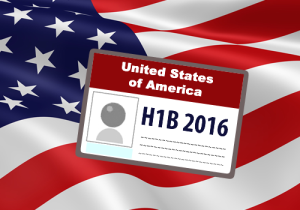Visa Bulletin News: Annual Report and February 2016 Bulletin
The Department of State released the February 2016 Visa Bulletin. It also published the Immigrant Visa Waiting List Report, which is an annual publication of the number of visa applicants on the waiting list in the preferences and subcategories. There is a wait list because of statutory numerical restrictions. For example, 28.7% of immigrant visas may come from Employment-Based 1 (EB-1) preference. EB-2 and EB-3 preferences for the China and India chargeabilities are the perpetually oversubscribed categories. Oversubscribed means that there are more people applying than spots available for immigrant visas.
One encouraging sign is movement in the EB-2 India category. It jumped 6 months from February 1, 2008 for the final action date to August 1, 2008. The visa bulletin continues to employ the filing and final action date system. The filing date for EB-2 India is July 1, 2009.
The data from the Department of State shows that over half of petitions are filed Family-Based 4 (FB-4), which is US citizens filing for their siblings. This category for all chargeabilities has an excruciating long wait period. On the Employment-Based side, there was a major increase in EB-5 petitions filed and considerable increases in the number of EB-1 and EB-2 petitions filed in 2015 as opposed to 2014. The agency’s report also includes a per country list. This is important because there is a per country limitation of no more than 7% of all immigrant visas issued for one country.

